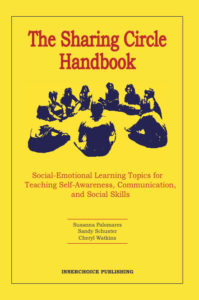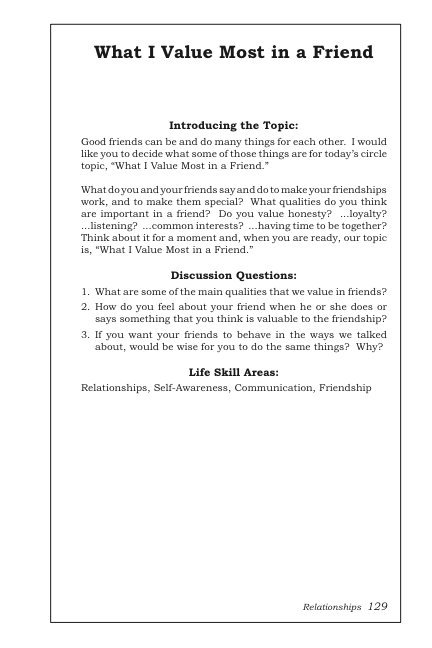The Importance of Relating Well With Students
Most educators today are aware of the benefits of creating and maintaining positive relationships with students. Meaningful relationships do matter. All people want to feel valued and cared for by others, and to be listened to in a non-judgemental manner. Students are no different. Students especially want their teachers to treat them with respect, to appreciate their feelings, desires, hopes and dreams and to recognize them as unique individuals.
Mounting research says that positive teacher-student relationships are the basis for a positive school experience. It increases student motivation and engagement while decreasing the challenges of discipline, absenteeism, and drop out rates. A caring, affirming relationship between teacher and student is the key to this positive learning environment.
How Good Relationships Are Created
Positive relationships are developed in many ways large and small. Showing interest, smiling often, really listening to their concerns, providing positive reinforcement, and acknowledging effort all contribute to relationship building. The process of verbal interaction, coupled with attention and acceptance, is a key avenue to establishing and maintaining positive relationships. It’s through this verbal exchange that you get to know your students as individuals, what they care about, what their interests are, their hopes for the future, what they might be struggling with right now, and how their cultural backgrounds and life experience impacts their school life.

Engaging in meaningful conversation with your students is vitally important to making them feel you care. Creating goodwill and positive connections don’t happen readily when attempted on a haphazard basis, but should be a regular, imbedded part of a classroom or group setting. Sharing Circles provide a smooth, easily implemented strategy for creating just such an experience. Through the emotional safety of sharing established in the Sharing Circle process to the provided topics which cover the whole range of human experience, the circle assists you in getting to know your students as individuals, to learn what’s important to them, their backgrounds and culture, their strengths and challenges. You get to know who they are in all their unique dimensions. Another important aspect is that you, as the teacher or counselor, get to share about yourself too. It’s by sharing your humanity with your students that you create a two way bond of mutual caring and concern.
Here’s a wonderful Sharing Circle from The Sharing Circle Handbook our complete guide to everything you need to know to have success with Sharing Circle Topics
 Here’s Your Sharing Circle. Enjoy!
Here’s Your Sharing Circle. Enjoy!

Do you want more information?
• Leading a Sharing Circle
• Sharing Circle Rules
• Books and Resources
• Free Activities
• Subscribe
Go here:
Here’s How It’s Done
Gather everyone into a circle. Explain the rules for sharing, and get agreement from everyone that they will follow the rules.
Sharing Circle Rules:
- Everyone gets a turn to share, including the leader.
- You can skip your turn if you wish.
- Listen to the person who is sharing.
- There are no interruptions, probing, put-downs, or gossip.
- Share the time equally.
After everyone has shared, who wants to share, ask the discussion questions.
You can check the book out HERE.
Just click HERE to open a fully reproducible PDF of this activity and experience sheet…
If you like our blog resources and would like to receive them regularly, please subscribe here or on our website at www.InnerchoicePublishing.com
If you are already a subscriber, I hope you find this activity valuable. Help us grow our blog by sharing these activities and encouraging others to join. Thank you.
Thanks so much for reading!
Susanna
